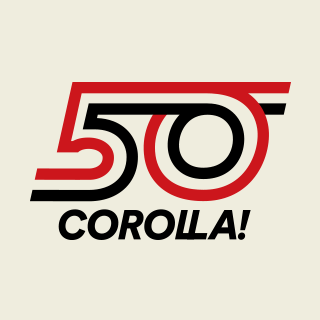Oct. 19, 2016
Evolution of Corolla: The concept of the "80 points plus alpha"


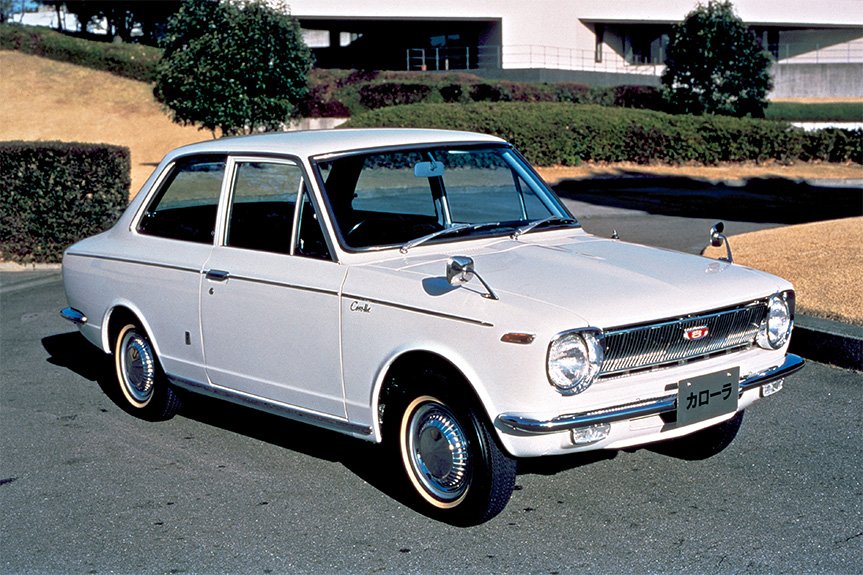
The 1st Generation
Positioned in between the Publica and the Corona, the Corolla made its debut in November 1966 as a 1-liter-class compact 5-seat sedan. The Corolla not only became the most successful model produced by Toyota, but also led the wave of motorization in Japan, along with the Datsun Sunny 1000 that appeared ahead of the Corolla. The experience with the Publica had taught Toyota that consumers wanted more than just the bare basics in their cars. The Corolla met that demand in many ways, including performance, quality, economy, and ride comfort.
VIEW MORE
The 2nd Generation
Since its inception in 1966, the Corolla has steadily led the compact family car market in Japan. On the occasion of its first major model change in May 1970, the Corolla Sprinter model was spun off to form the Toyota Sprinter line, to be marketed through the Toyota Auto sales channel instead of the Corolla channel. The Corolla added a new coupe in its line, though the body was the same as that of the Sprinter coupe.
VIEW MORE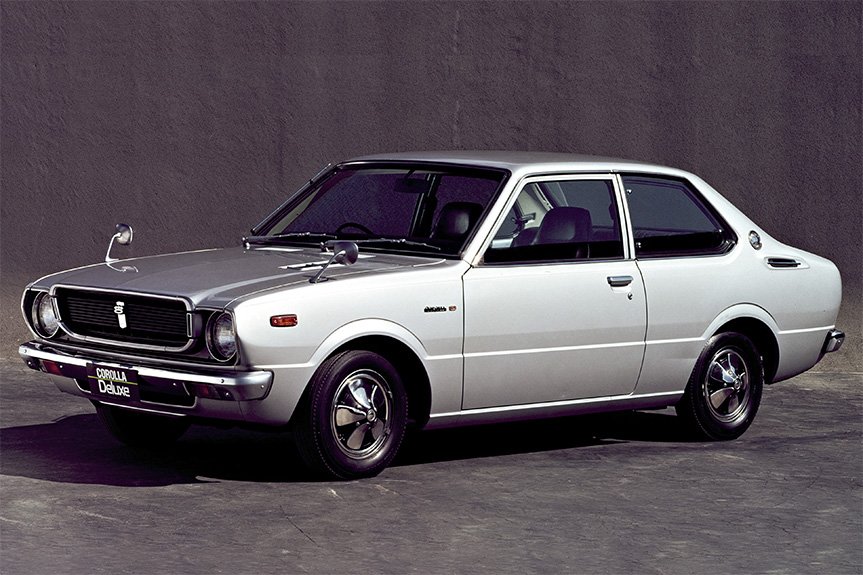
The 3rd Generation
The third-generation Corolla was placed on the market in April 1974. As the second-generation Corolla also stayed in the market for a while longer as a more affordable alternative, the new model was commonly referred to as the Corolla 30 to distinguish it from the older model.
The third-generation model expanded the wheelbase by 35 mm and the front and rear treads by 40 mm, partly to accommodate the devices to meet the emission and collision safety standards.
VIEW MORE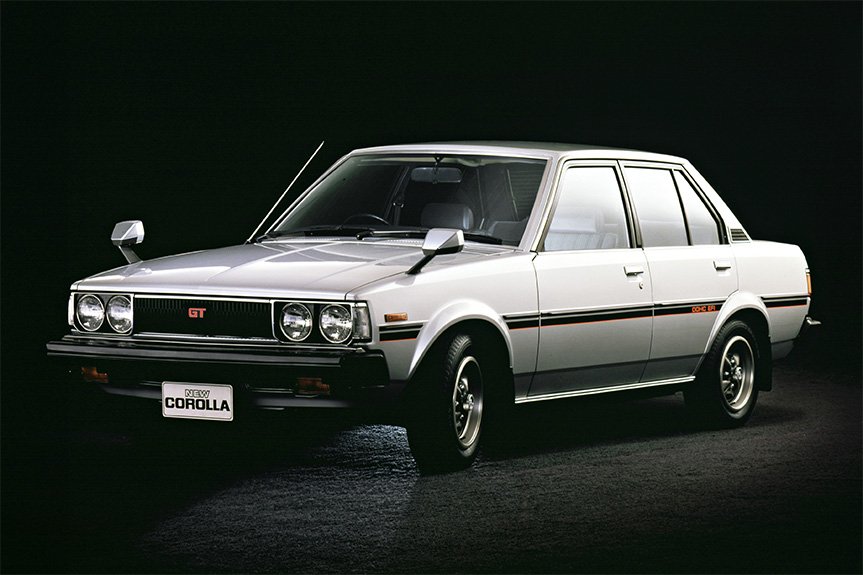
The 4th Generation
The fourth-generation Corolla sedan released in March 1979 extended the wheelbase by 30 mm, and the front and rear treads by 25 mm and 50 mm, respectively. The vans were renovated five months later in August, bringing the number of Corolla's body variations to seven, including 2- and 4-door sedans, a hardtop, a coupe, a liftback, and 2- and 4-door vans. The new body design featured more linear contours.
VIEW MORE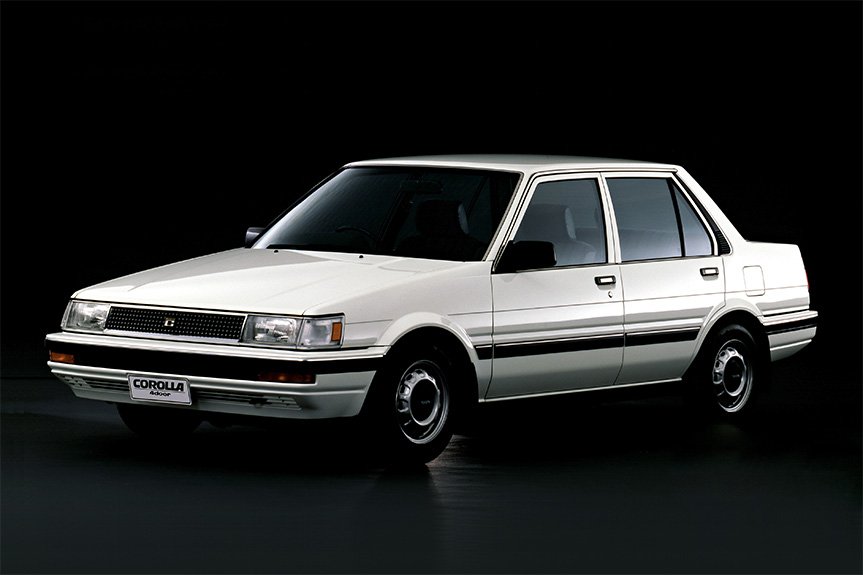
The 5th Generation
Released in May 1983, the fifth-generation Corolla (and Sprinter) represented a most comprehensive model change in its history. The family-use sedan followed the worldwide trend and switched its layout from front-engine, rear-wheel-drive (FR) to front-engine, front-wheel-drive. The coupe model was also renovated at this time, though it retained the FR layout to secure sporty driving performance.
VIEW MORE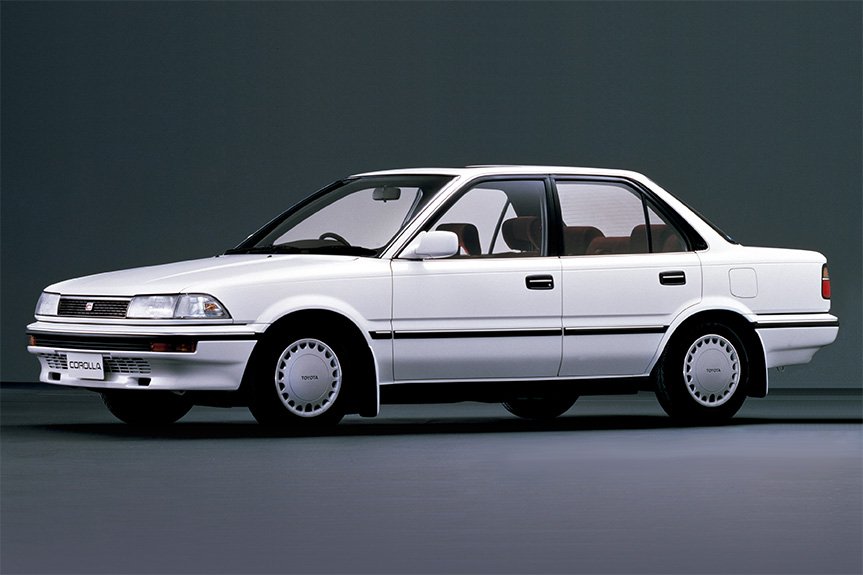
The 6th Generation
The sixth-generation Corolla released in May 1987 was designed under the theme, "a global high-quality sedan beyond its class," raising the perceived status of the car. In Japan, the 5-door liftback model was discontinued. The van and wagon (which had skipped the changeover to the fifth generation) were renovated based on the sixth-generation Corolla sedan, and were released three months after the sedan. The van only came in a 4-door body.
VIEW MORE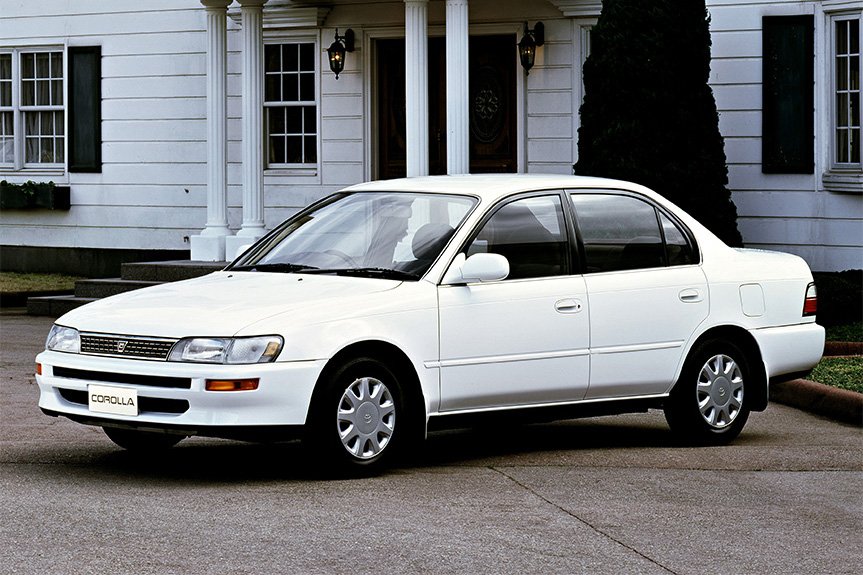
The 7th Generation
The seventh-generation Corolla was introduced in June 1991. With extended wheelbase, body length, width and height, the overall body styling gave the car a more massive feel, giving it an image of a higher-grade model. The Corolla had been steadily upgrading itself since its debut in 1966, and the trend reached the apex with the 1991 model, which became an affordable yet thoroughly high-quality sedan. The wagon and van models were also fully renovated three months later.
VIEW MORE
The 8th Generation
Released in May 1995, the eighth-generation Corolla was developed with a focus on the environment, safety, and total cost of ownership. The body dimensions were virtually unchanged, and many of the components were the same as those of its predecessor's, and yet the new model managed to reduce the vehicle weight by up to 50 kg.
The engine lineup was headed by a 1.6-liter 5-valve VVT unit (4A-G) that produced 165 PS, followed by 1.6-, 1.5- and 1.3-liter "high-mecha" twin-cam units (producing 115 PS, 100 PS, and 88 PS, respectively), and a 2-liter diesel unit with reduced NOx and smoke emissions.
VIEW MORE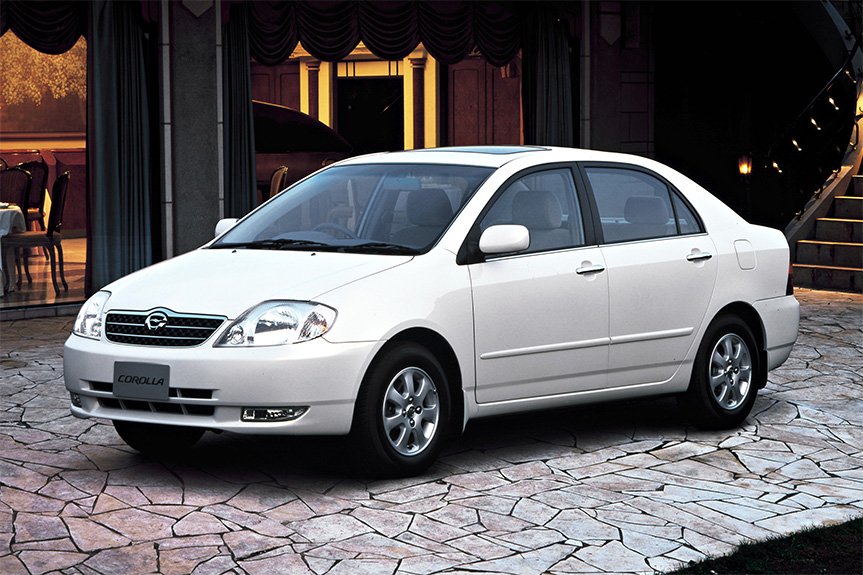
The 9th Generation
The ninth-generation Corolla that was launched in August 2000 came in two body types: a standard 4-door sedan and a 5-door wagon (Fielder). The GT grade sedans and sports models, including the Corolla Levin, were discontinued.
While previous Corolla sedans maintained conservative designs to cater to the predominantly middle-aged and senior customers, the ninth-generation model was fully redesigned to create "value for the new century."
VIEW MORE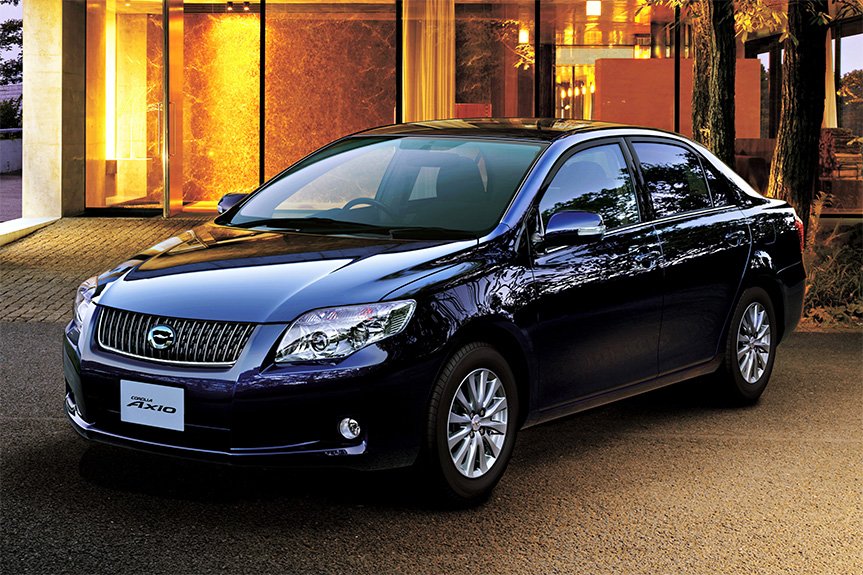
The 10th Generation
The tenth-generation Corolla sedan that was launched in October 2006 acquired the subname Axio. Its body design, while retaining the general image of the previous model, won the 2007 Good Design Award.
All models of the Corolla Axio came standard-equipped with a rearview monitor, allowing the driver to see what was behind the car to facilitate reverse parking. The engine was either a 1.5-liter VVT-i (1NZ-FE) producing 110 PS (105 PS with 4-wheel-drive [4WD] model) or a 1.8-liter Dual VVT-i (2ZR-FE) developing 136 PS (125 PS with 4WD model).
VIEW MORE
The 11th Generation
The 11th-generation of the Corolla Axio and Corolla Fielder (Japan model) sought a return to the Corolla's origins. Both vehicles were completely revamped to minimize body size while maintaining the ability to safely and comfortably transport four adults over long distances, thereby achieving a perfect fit for compact cars in the Japanese market.
VIEW MORE